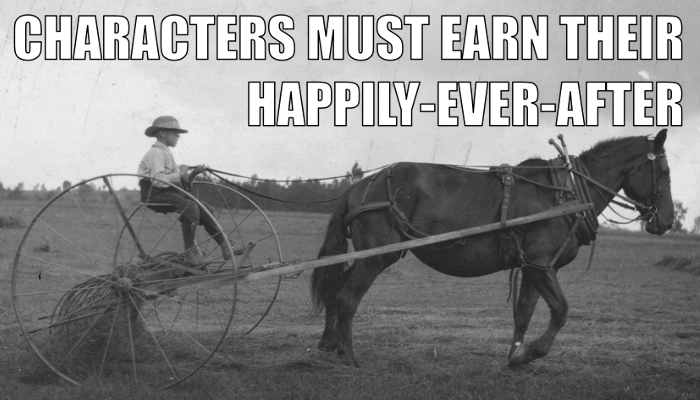
An old boss once told me, “When you go into a project-planning session, make sure to note the sign on the door. If it says cost, you’ll discuss slipping the schedule. If it says schedule, you’ll discuss adding cost.” The quote is a good reminder that business, like life, is filled with little tradeoffs.
Yet, most first-time business storytellers gloss over such realities by writing simplistic stories with predictable endings.
ACME, Inc. had a problem to solve. So, the company purchased our world-class, leading-edge, seamlessly integrated solution and lived happily ever after. The end.
Most case studies (or “success stories”) fall flat because perfect “solutions” only exist in fairy tales. Typical business decisions result from difficult tradeoffs between an ideal case (what the client wants) and the actual situation (what the client is willing to settle for). In other words, the game of business is a perpetual struggle to find optimal answers to difficult questions.
Consider the following business situation:
ACME Inc’s arch rival just released a superior product, forcing the company to accelerate the release of its next-gen product. To do so, however, ACME must retool its well-tuned manufacturing line and retrain employees–all without missing a beat on a shortened schedule.
The situation will be messy:
- ACME will likely pay more than its preliminary budget estimates.
- With a compressed schedule, the project will likely start before all of the variables are understood.
- ACME employees will feel pressure to learn a new system on the fly.
- Unanticipated problems will happen.
- Tradeoffs will be made.
- Lessons will be learned.
Lastly, successful vendors will address these issues creatively through proposing optimal answers as opposed to the “right” ones.
A cakewalk is neither interesting, memorable, nor persuasive. The best success stories are built upon imperfect plans. Therefore, characters in your business stories must earn their happily-ever-afters. You must acknowledge their dilemmas by having them travel down cluttered paths fraught with risk.
Without addressing these real-world situations, you won’t have a business story. You’ll have a fairy tale with an unsatisfactory ending.
Photo Credit: Library of Congress